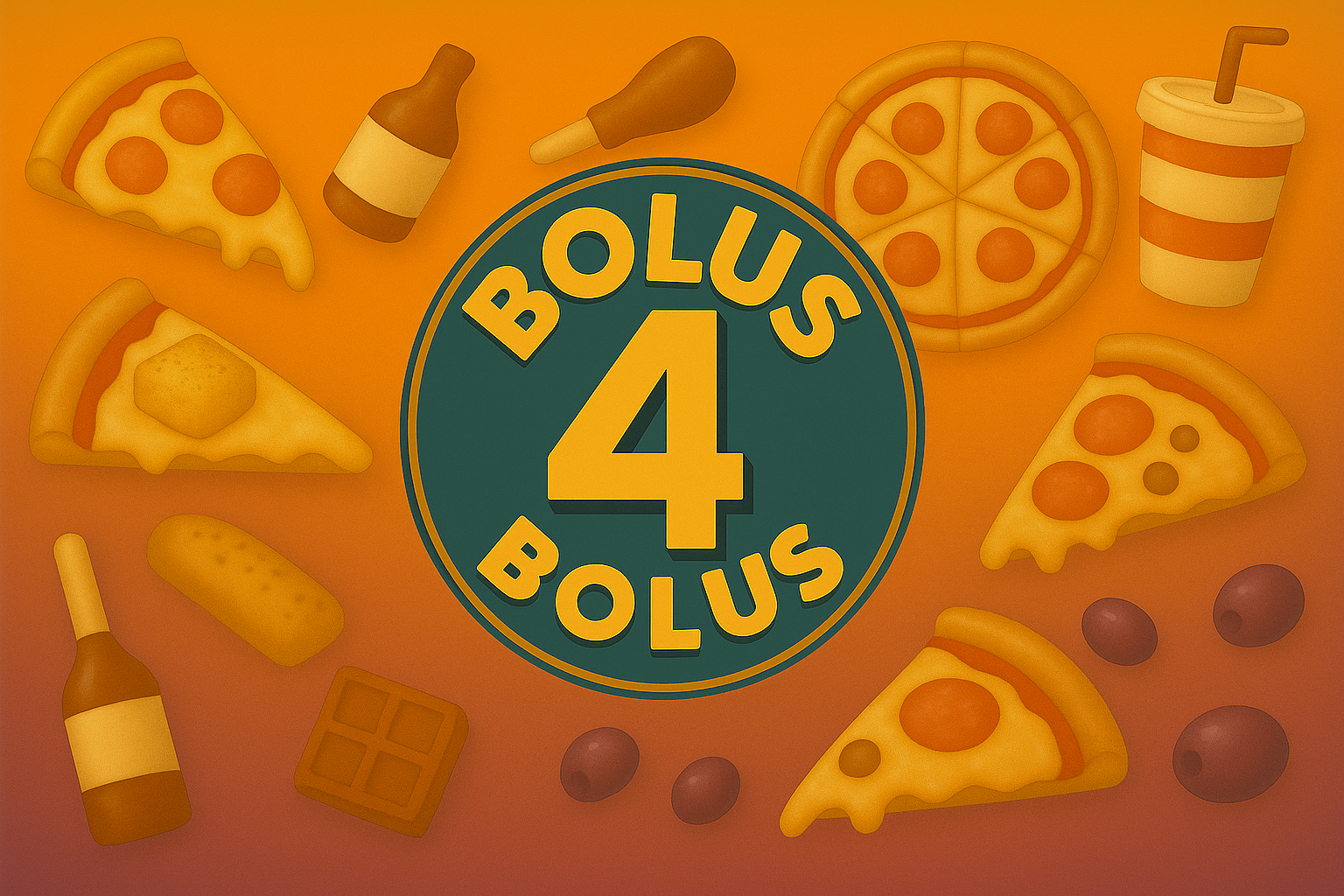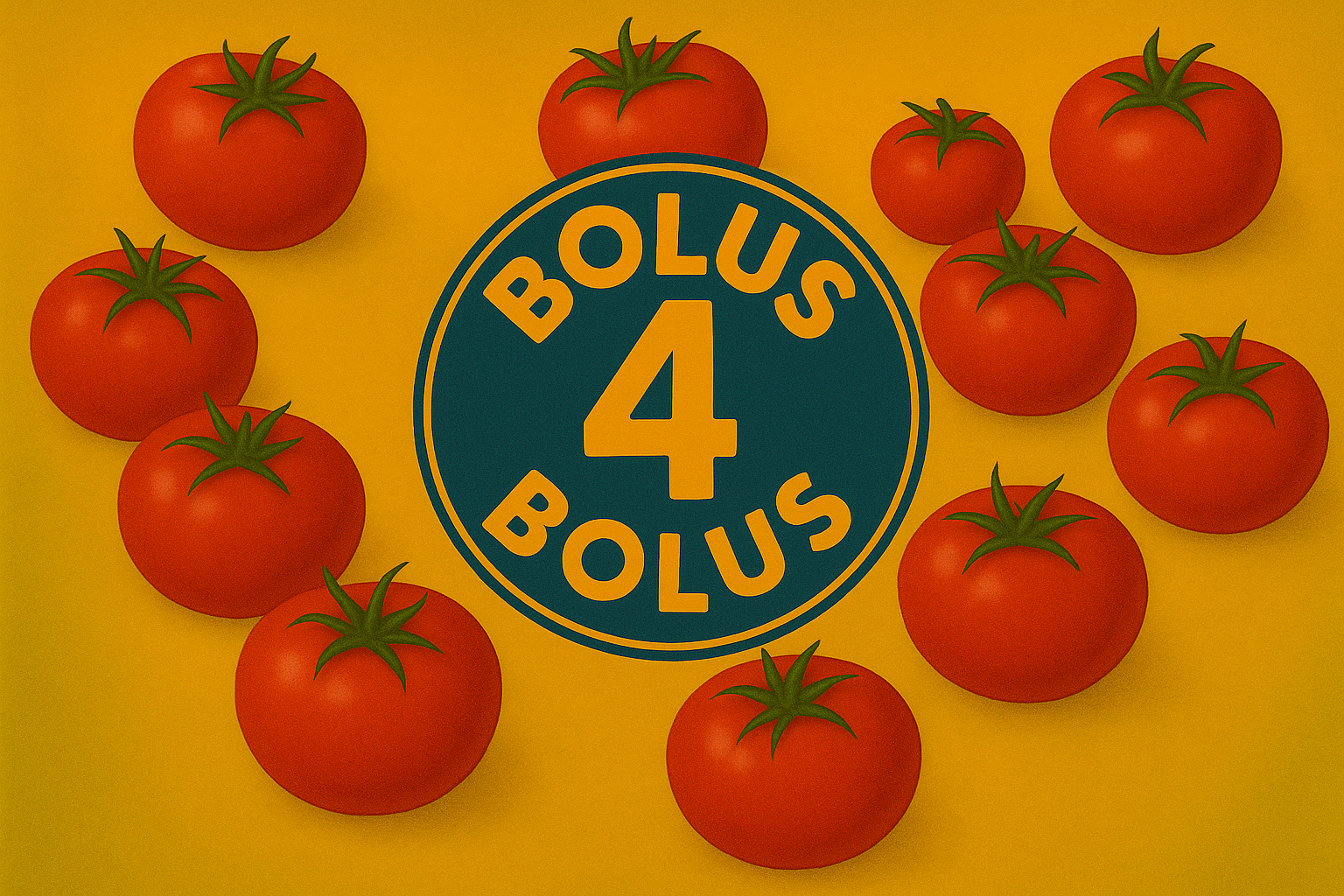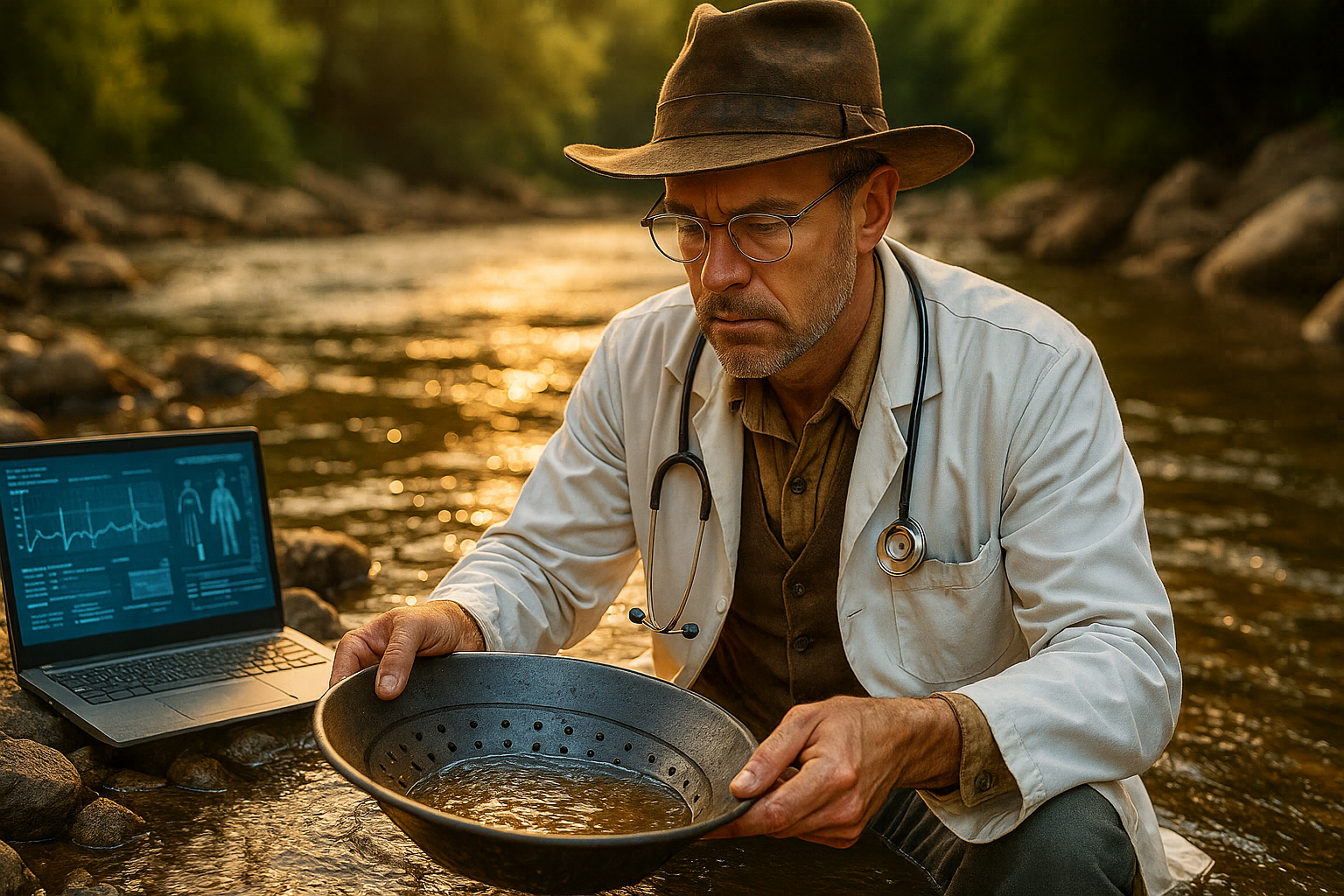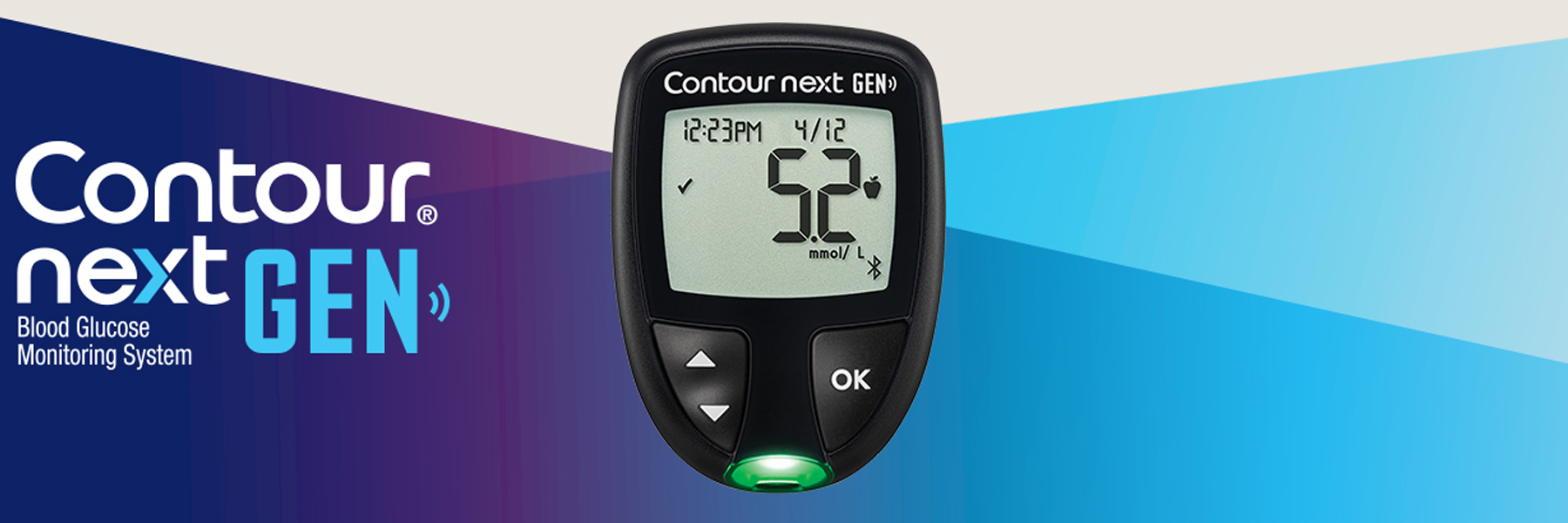#1644 Bolus 4 - Bananas
You can always listen to the Juicebox Podcast here but the cool kids use: Apple Podcasts/iOS - Spotify - Amazon Music - Google Play/Android - iHeart Radio - Radio Public, Amazon Alexa or wherever they get audio.
Jenny and Scott talk about bolusing for bananas.
+ Click for EPISODE TRANSCRIPT
DISCLAIMER: This text is the output of AI based transcribing from an audio recording. Although the transcription is largely accurate, in some cases it is incomplete or inaccurate due to inaudible passages or transcription errors and should not be treated as an authoritative record. Nothing that you read here constitutes advice medical or otherwise. Always consult with a healthcare professional before making changes to a healthcare plan.
Scott Benner 0:00
Welcome back, friends. You are listening to the Juicebox podcast
in every episode of Bolus for Jenny Smith and I are going to take a few minutes to talk through how to Bolus for a single item of food, Jenny and I are going to follow a little bit of a roadmap called meal bolt. Measure the meal, evaluate yourself. Add the base units, layer a correction. Build the Bolus shape, offset the timing. Look at the CGM tweak for next time. Having said that, these episodes are going to be very conversational and not incredibly technical. We want you to hear how we think about it, but we also would like you to know that this is kind of the pathway we're considering while we're talking about it. So while you might not hear us say every letter of meal bolt in every episode, we will be thinking about it while we're talking if you want to learn more, go to Juicebox podcast.com. Forward slash, meal, dash, bolt. But for now, we'll find out how to Bolus for today's subject,
nothing you hear on the Juicebox podcast should be considered advice medical or otherwise, always consult a physician before making any changes to your healthcare plan? Jenny, let's do a simple, simple food, right? Yay, bananas. Banana. Bananas, before diabetes, were a thing that hung in my house on like, a little hook, right? And they were like, grab and go food, you know, like, if you got up in the morning, you running out the door, you didn't have time, you took a banana, you know, your middle of the day, you're hungry, grab a banana, and then all of a sudden it felt like bananas were more like we gave Arden an IV of glucose, and so they became lesser around the house for a little while. They're back now, but you know, let's talk about how to Bolus for one because I bet you that people you know, would like to utilize bananas, but people with type one are probably thinking like, that's a tough one for me. Yeah. So what do you think about a banana?
Jennifer Smith, CDE 2:08
Well, I am excited that you brought up bananas, mainly because I think it brings into consideration something that you wouldn't really know about unless you studied sort of food chemistry and how things how things work in food. So bananas are not unique, but they're a great example of a ripeness factor, and when we're talking about bolusing for them, like my husband can eat a banana whether it's green or yellow with brown spots, it doesn't matter. Okay. He likes a banana. It's totally fine. Green bananas, they make me kind of cringe, yeah, but the fact of the matter is, their glycemic impact is going to be much lower when they are not as ripe, and the reason is because the sugars are not as developed, the easiest way to describe it, so the carbohydrate content isn't changing. But how quick your body can digest the carbohydrates the sugars changes as the fruit becomes more and more ripe. It's also the reason, similar to other really ripe foods, meaning, when we're going to eat them, your tropical fruits, your melons, we eat them at peak, peak ripeness, because that's when we have the most sugar flavor. Yeah. So if you're going to eat a banana, like, I like, if I eat a banana, I like a banana to taste like a banana.
Scott Benner 3:39
So I think that when they're not ripe enough, how do they feel? To me, like they're powdery. Does that make sense? It feels like there's a All right, this is gonna be a weird thing for me. I love this
Jennifer Smith, CDE 3:48
conversation. Okay, you're like, a mouth feel kind of person, too.
Scott Benner 3:53
They feel like they're coated in powder or something like that's the I get, like, an icky feeling when I bite into one that's not ripe enough at the perfect ripeness. And to me, that's, it's still solid, but a little soft and not squishy, and there's no brown like, that's the perfect spot for a Benner. For me, I could probably eat like three of them, if, because they're they're so tasty. There is that your sweet spot for a banana too. No pun intended.
Jennifer Smith, CDE 4:16
It is. They're not squishy yet, right? You would not make banana bread out of them, those usually have lots of brown dots. Yes, they are yellow. And you can, I don't know if you've ever done this, people are gonna be like, Jenny, it's just weird. But I can smell the difference. Oh, sure. I can smell the skin, even if it's turned to the color that I think it should be to have the taste that I want. I can smell it and be like, nope. Another day, like, I know this will be good tomorrow.
Scott Benner 4:47
Does that mean that in practice and theory, there are three different kinds of impacts you might get from a banana, like the ripe impact, the just right impact and the squishy impact. Yes, geez. So you know what it makes me think of. You know when people. Will say, You know what I hate about diabetes, do the same thing over and over every day, and it comes out differently and blah, blah, blah. But if you're just having a Benner every day as they get riper and riper, you are not doing the same thing over and over every day, correct? Interesting.
Jennifer Smith, CDE 5:12
Okay, yeah. Whereas other fruits, you know, things like apples, which tend to be lower glycemic in terms of the whole scheme of fruits, our berries tend to be fairly low glycemic. Kiwi, interestingly, tends to be lower glycemic. Pears that are a little bit more crisp, crunchy, like an apple, tend to be lower glycemic. Most of the fruits that you're going to eat at that place where they taste the best to you, they're going to be a higher impact. You're making me think
Scott Benner 5:40
I'm going to make banana bread next time I see the bananas get a little bananas get a little soft too. I haven't done that in a while. So okay, so if you're gonna, if you're a person who likes a greener, less ripe banana, it's gonna take less Pre-Bolus time, right, significantly, or just less, less by
Jennifer Smith, CDE 5:57
let's say you're a typical 20 minute Pre-Bolus person for a ripe banana, for a non ripe banana, kind of greenish, yet you're probably looking at five to 10
Scott Benner 6:09
minutes honestly. And then to swap on the other side of that middle line. If you're a squishy banana lover, it's gonna hit you right away, right? She's on the face she just made like, Oh, please don't eat them when they're like that, listen, I'm with you. Like, there's a moment they get a little too soft. And I was like, I can't do this anymore. They go in my freezer. Then, oh, that's a good
Jennifer Smith, CDE 6:28
idea, yeah, I put them in the freeze. I've got, like, a banana bag that I put them in in the freezer, and then they either become we chop them up for smoothies, or we make banana ice cream, yeah, which is super fun. Or you can make banana bread out of them. I thought
Scott Benner 6:43
you're gonna say banana hammock. And I was like, wait, don't do that. Here's one for you. When they get too soft, I use them too my god, I use a little piece of a soft banana in the cages with my reptiles. Because if fruit flies get in there, they congregate there, then the animals can go over and, like, pick them off real easily. So see, it's a good you're still functional. Yeah, cool. It's not that cool. It's bizarre. So regular ripeness in the middle 20 minutes, I would
Jennifer Smith, CDE 7:15
say 20 minutes, honestly, and maybe first thing in the morning, if you're a I have to have my banana. First thing every single morning you might be looking at longer is the
Scott Benner 7:25
banana. One of those things the morning that, like, if you're doing the like, I'm gonna Bolus while I'm getting ready, I can time it so that I hit the kitchen, scarf down that banana as I'm going out the door, and it'll just grab the fall the insulin and hold me there. Yeah, yeah. Okay. I know it takes a lot to think about it, but this is a great example of, like, timing an amount. Here it is, you know, and understanding the impact of your food. Now, the real super squishy ones, that's like, liquid sugar, almost when it gets in your mouth, like it hits you real, real quick.
Jennifer Smith, CDE 7:53
It's gonna hit you really fast. I mean, it's one of the things I really like for lower blood sugars, because it does work really fast, at least for me, are the unsweetened banana chips like the dehydrated banana because they work fast. And usually those are, you know, at a point where they're really easy to slice, and then they dehydrate them and whatever, yeah, they do to them.
Scott Benner 8:17
But quick, if Arden gets low overnight, she has two different kinds of lows. Like, there's a low where you're like, Hey, I just need something quick to fix this. And there's a low where she says, I feel like this is because I'm hungry. I don't know. Like, if that makes sense, I don't think there's anything in my stomach. Like, I need to eat something now, even at like, three in the morning, when that happens, she always asks for a banana. Oh, that's interesting, yeah, because it fixes the low and it makes her feel fuller, and then she's good. She doesn't always want food when she's low, like, she doesn't always want a full feeling when she's low. Sometimes she just wants the number to
Unknown Speaker 8:51
get fixed, right? Which would be
Jennifer Smith, CDE 8:53
juice, because juice doesn't really make you have a fullness, yeah?
Scott Benner 8:58
Just bang, bang. That's nice and easy. But when she's also feels hungry at that time. It's always a banana. She asks for, like, always, oh, okay, so, I mean, obviously we're going to need to look down the road and see what happened afterwards, because I think a lot of people are going to get a spike when they're first trying to figure this out, right? If you Bolus for it just right on the Pre-Bolus and the, yeah, the timing and the amount was all settled. Is a banana really a thing you have to look at later. There's not going to be any, like, late rise.
Jennifer Smith, CDE 9:24
There's not going to be lingering. It's going to be a true what insulin was formulated to cover, which is carbohydrate, yeah, in and out, right? And in and out, yeah.
Scott Benner 9:33
So banana and all and simple sugars in general are about like, quelling the spike before they happen. So it doesn't happen, and then just using enough insulin so that it doesn't create a low later. But you shouldn't see a high from it if you stop the high from ever happening. Does that make sense? Because of the right Pre-Bolus? Okay, all right. So, I mean, so still look, you know, afterwards, and see, you know, how am I making out? But that's going to be to fix your Pre-Bolus. For it next time, not really about anything else, correct? Awesome. All right. Well, I'm glad I picked something you were so happy about. I said, Jenny, like, we have a little bit of time left. You want to do bananas? She lit right up. Can I tell people? You said, Sure, I was just talking about bananas with somebody else today. And if you don't want advice from a person who is already talking about bananas, even when they're not being recorded about it, then I think you're crazy that Jenny is definitely the one. Yeah. Thank you very much. Thank you.
In each episode of The Bolus four series, Jenny Smith and I are going to pick one food and talk through the Bolus thing for that food. We hope you find it valuable. Generally speaking, we're going to follow a bit of a formula, the meal bolt formula, M, E, A, l, B, O, L, T. You can learn more about it at Juicebox podcast.com, forward slash, meal, dash, bolt. But here's what it is, step 1m. Measure the meal. E, evaluate yourself. A, add the base units, l, layer a, correction B, build the Bolus shape, O, offset the timing. L, look at the CGM and T, tweak for next time. In a nutshell, we measure our meal, total carbohydrates, protein, fat, consider the glycemic index and the glycemic load, and then we evaluate yourself. What's your current blood sugar? How much insulin is on board, and what kind of activity are you going to be involved in or not involved in you have any stress hormones, illness? What's going on with you? Then a we add the base units your carbs divided by insulin to carb ratio, just a simple Bolus l layer of correction, right? Do you have to add or subtract insulin based on your current blood sugar? Build the Bolus shape. Are we going to give it all up front, 100% for a fast digesting meal, or is there going to be like a combo or a square wave Bolus? Does it have to be extended? I'll set the timing. This is about pre bolusing. Does it take a couple of minutes this meal, or maybe 20 minutes? Are we going to have to, again, consider combo square wave boluses and meals, figure out the timing of that meal and then L, look at the CGM an hour later, was there a fast spike? Three hours later? Was there a delayed rise? Five hours later? Is there any lingering effect from fat and protein? Tweak, tweak for next time. T, what did you eat? How much insulin and when? What did your blood sugar curve look like? What would you do next time? This is what we're going to talk about in every episode of Bolus for measure the meal, evaluate yourself. Add the base units, layer a correction, build the Bolus shape, offset the timing. Look at the CGM tweak for next time, but it's not going to be that confusing, and we're not going to ask you to remember all of that stuff, but that's the pathway that Jenny and I are going to use to speak about each Bolus. Hey, thanks for listening all the way to the end. I really appreciate your loyalty and listenership. Thank you so much for listening. I'll be back very soon with another episode of The Juicebox podcast. The episode you just heard was professionally edited by wrong way recording, wrongway recording.com,
Please support the sponsors
The Juicebox Podcast is a free show, but if you'd like to support the podcast directly, you can make a gift here. Recent donations were used to pay for podcast hosting fees. Thank you to all who have sent 5, 10 and 20 dollars!




































